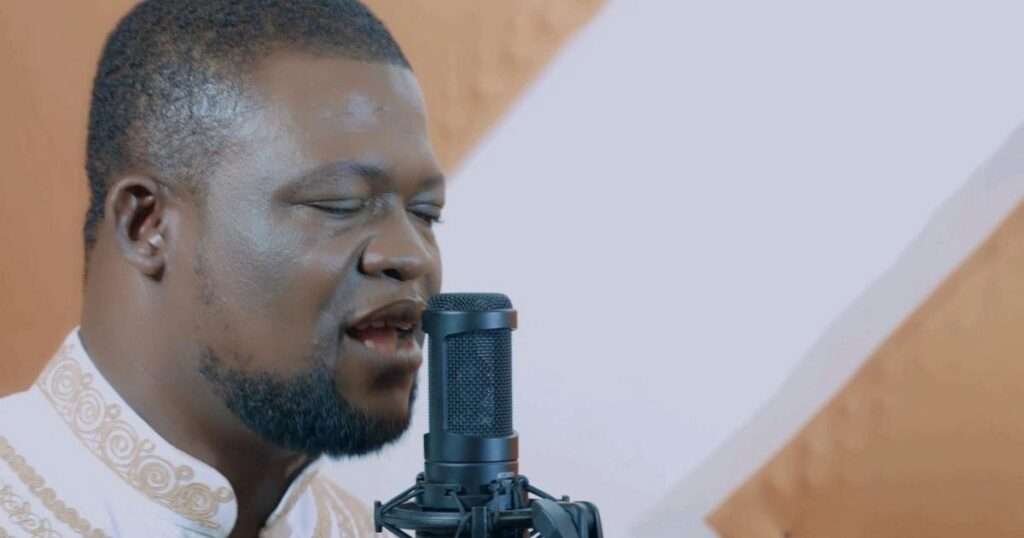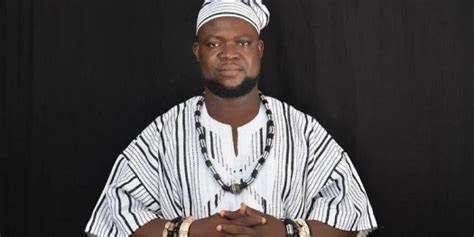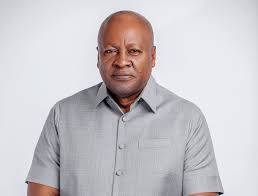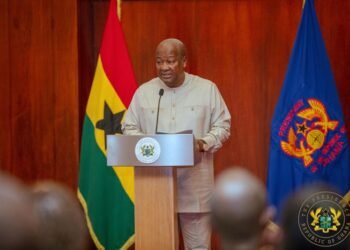Dancehall music, a genre that originated in Jamaica in the late 1970s, has grown to become a global phenomenon, influencing various music styles and cultures.
While it is celebrated for its infectious rhythms and vibrant dance culture, there is an ongoing debate about its potential negative influences, particularly concerning hooliganism and violent behavior.
Dancehall music is characterized by its upbeat tempo, heavy bass lines, and a blend of reggae and hip-hop influences. It often features DJs (known as “toasters”) who deliver rhythmic, spoken-word lyrics over instrumental tracks.
The genre has been a voice for the marginalized, addressing social issues, love, and life in Jamaica. However, as dancehall has evolved, so too have its themes and messages.
One of the most controversial aspects of dancehall music is its lyrical content. Many songs contain themes of violence, crime, and sexual promiscuity.
While not all dancehall music promotes these themes, a significant portion does, often glorifying gang culture and criminal behavior.
Highlife musician, Adangba, may ruffle the feathers of some leading Ghanaian artists by attributing the rising cases of hooliganism among the youth to the influence of Dancehall music.
To him, the lyrical content and overall vibe of Dancehall music are contributory factors to the growing trend of unruly behavior among young people.
He mentioned that Dancehall music, with its emphasis on rebellion, violence, and explicit content, was warping the minds of our youth.
“It’s fostering a culture of lawlessness, disrespect, and aggression, which manifests in various forms of hooliganism,” he said.
Adangba cited the Stonebwoy/Shatta Wale’s clash at the Ghana Music Awards in 2019 as an example of the bad influence of the music style, noting that the wild culture was common in Jamaica where Dancehall music originates.
Interestingly, Adangba blamed all of these happenings on Ghanaians ‘high taste’ for foreign things.
“Presently, if you describe any of the young musicians as a Highlife artist, they will out rightly reject it because they think the genre is for old people. We have opened our arms to every foreign thing and continue to look down on our own.”
Adangba
Numerous dancehall tracks depict violent confrontations, rivalries between gangs, and the glorification of criminal lifestyles. Lyrics that celebrate acts of violence desensitize listeners, particularly young audiences, to the consequences of such actions.
Dancehall music frequently includes themes of hypersexuality and objectification of women. This portrayal contributes to a culture of misogyny and disrespect, fostering an environment where aggressive behavior towards women is normalized.
Many dancehall songs reference drug use and partying, which promotes a lifestyle that encourages recklessness and a disregard for personal safety.
Impact on Society

The influence of dancehall music on behavior, particularly among youth, cannot be understated.
Communities experience an uptick in violent incidents, particularly among young people who feel empowered by the music to act out aggressive fantasies.
Continuous exposure to violent themes desensitizes individuals to real-world violence, making them more likely to accept aggressive behavior as a norm.
The portrayal of Jamaican culture in dancehall music reinforces negative stereotypes, both locally and internationally. This leads to stigmatization and discrimination against individuals from these communities.
Adangba pointed out that such ‘goodies’ and wisdom in music were absent in today’s music because Ghanaians had abandoned Highlife, which promotes their unique identity and the foundation of their traditions and culture for foreign identity such as what Dancehall offers.
“For some of us, we didn’t have a father or any father figure to guide us while growing up but we were able to make very good decisions that shaped our lives by listening to the likes of Nana Ampadu, and George Darko, among others for wisdom.”
Adangba
While dancehall music has negative influences, it is essential to recognize that not all artists promote violence or hooliganism. Many use their platform to address social issues and advocate for positive change.
Encouraging artists to create music that uplifts and inspires rather than glorifies violence helps shift the narrative within the genre.
Implementing educational programs that discuss the impact of media on behavior helps young listeners critically analyze the messages they consume.
While dancehall music is a vibrant cultural expression, its potential to encourage hooliganism and violent behavior cannot be ignored. The themes and messages prevalent in many dancehall songs have a profound impact on listeners, particularly youth.
By promoting positive content, fostering awareness, and encouraging responsible artistry, the negative influences of dancehall music are addressed, allowing the genre to thrive without compromising the safety and well-being of its audience.
READ ALSO: Eduwatch Raises Concerns over Education Funding Shortfalls



















